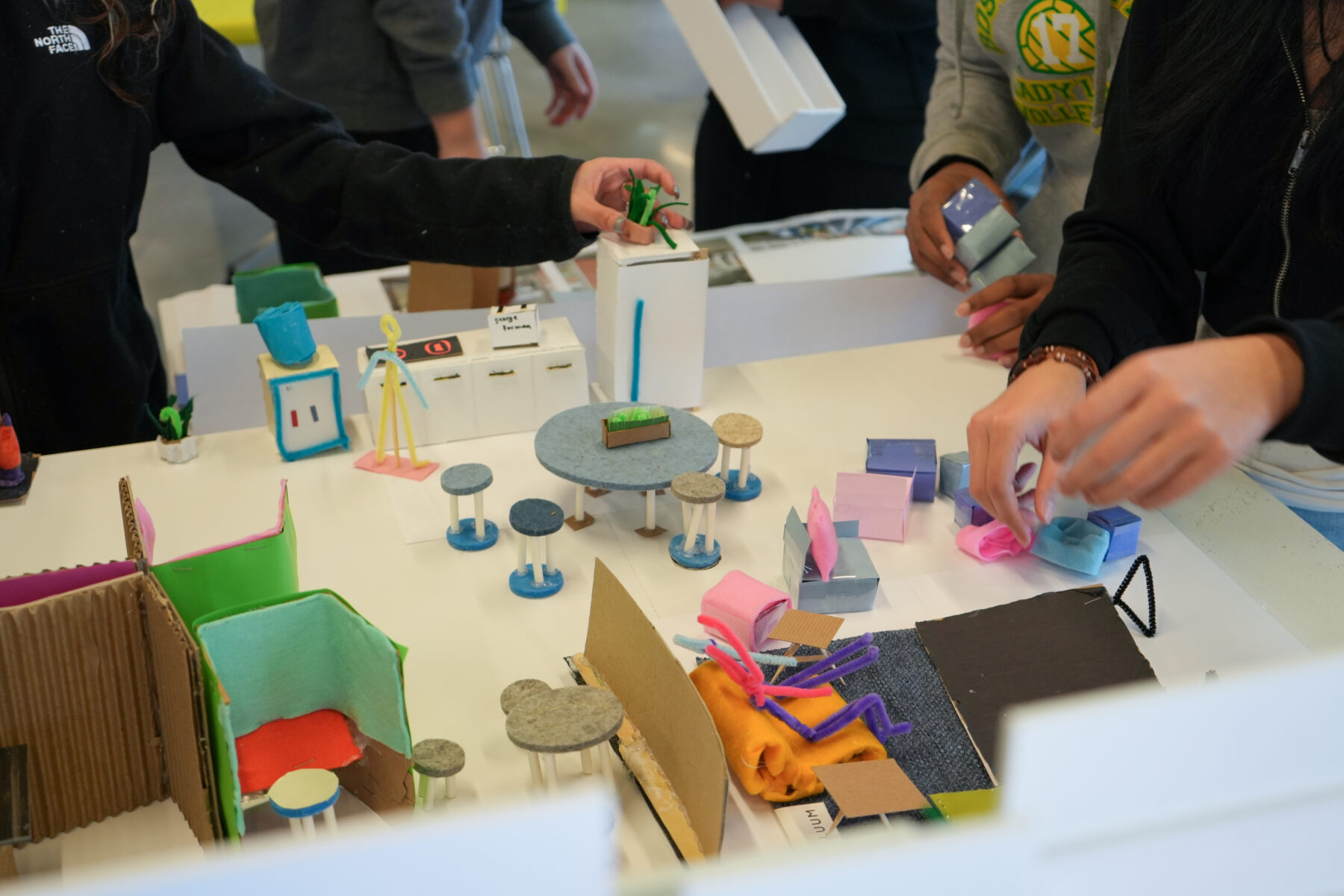BSA Launches ADU Architect Directory!

On February 27th the BSA launched a call to member architects and architecture firms interested in working with homeowners to support the creation of Accessory Dwelling Units (ADUs) in Massachusetts. Members are invited to sign-up to be listed on the BSA’s Directory, as an Individual and/or a Firm. The goal is to connect architects and homeowners to support housing production in the region.
ADUs can play a significant role in addressing the state’s housing crisis. The Executive Office of Housing and Livable Communities (EOHLC) estimates that 8,000-10,000 ADUs can be built in the next 5 years as a result of the new state law that allows ADUs to be built across Massachusetts. The law states that ADUs less than 900 square feet can now be built by-right in single-family zoning districts statewide, as outlined in the Affordable Homes Act, which was signed into law in August 2024.
The BSA created a Directory in response to requests from homeowners, architects, and municipalities – a resource to homeowners, as well as other interested stakeholders, to search for architects who may be able to support their efforts to create more housing options for future residents.
Learn more about this resource
Visit the webpage to learn more about the directory and find the right partner for you today.
architects.org/ADUdirectoryBackground
Over the years, the BSA has supported the development of Accessory Dwelling Units (ADUs) as a strategy to expand the region’s housing options. Through public education and collaboration with the City of Boston’s Housing Innovation Lab and Mayor’s Office of Housing, the BSA contributed to pilot programs and policy reforms that helped legalize Accessory Dwelling Units citywide in Boston. By hosting events like “Designing Boston: Accessory Dwelling Units” in 2018 and Charrettes with architects and homeowners in 2017, the BSA brought together architects, planners, and community leaders to highlight ADUs as sustainable, flexible solutions for affordability, aging in place, and multi-generational living, while addressing design and regulatory challenges.

